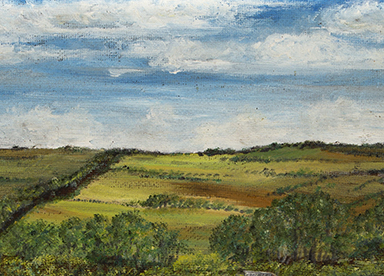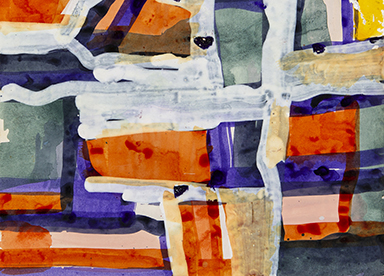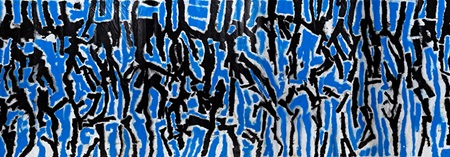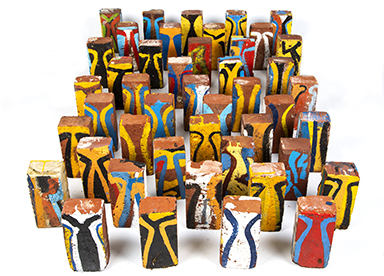Drawing
For an artist the work never ceases, whether it is the constant conceptualisation, the research, studio preparation or time spent fabricating the painting, object, print or drawing, it is a continuous process of intellectual and manual engagement. It is what is both addictive and exhausting about the life choices artists make. For Ross Seaton drawing was the activity that completely shaped his life, there was no compromise, no accommodation, he was an artist and it was a 24/7 year-long activity. It was tough, he had a lot to teach himself, a lot to learn, and it was completely absorbing.
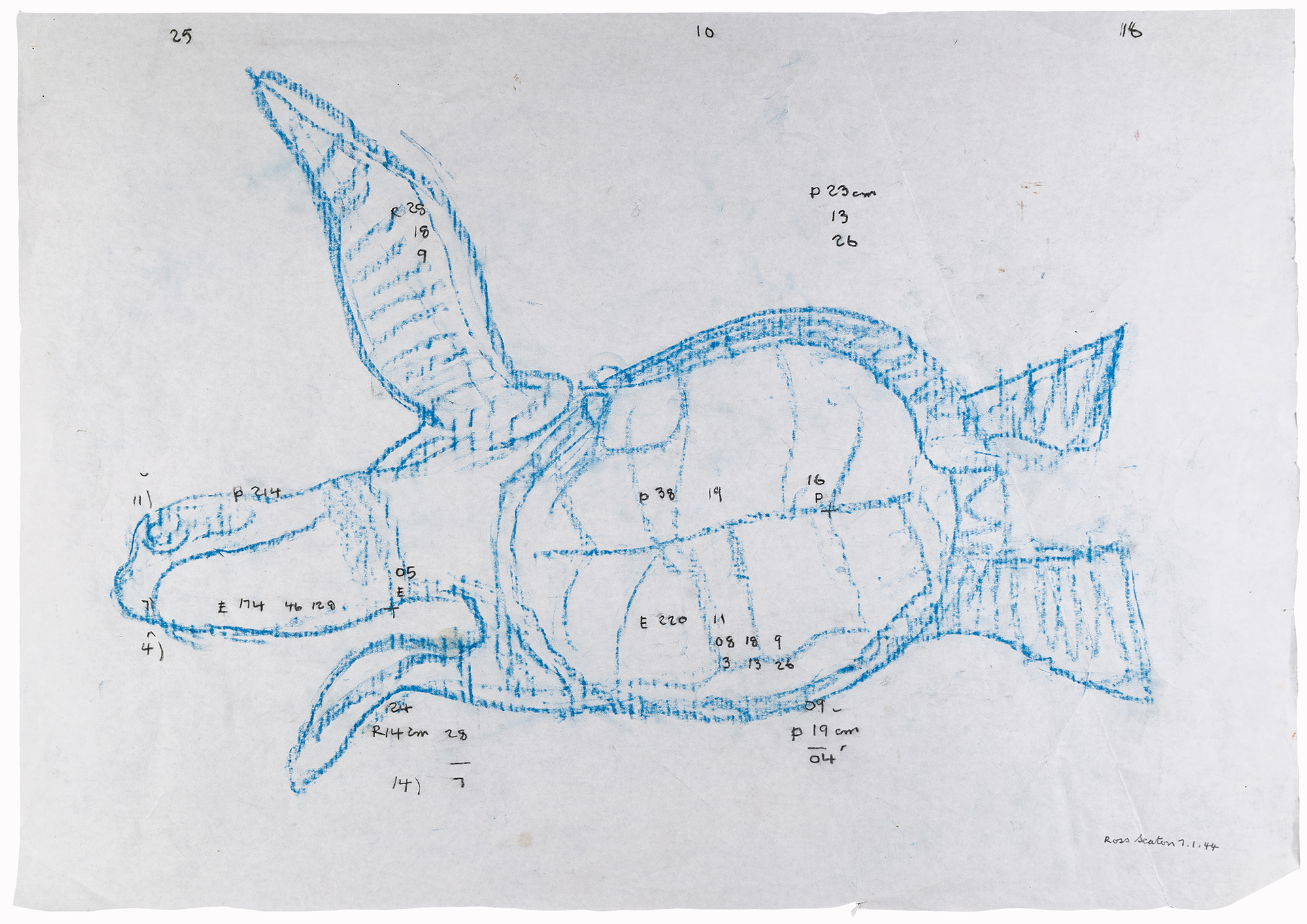
Untitled Drawing 25/10/16, 2016, pencil and crayon on paper, 42 x 58 cm
All the while Ross was drawing, constantly, expansively, often in series, using whatever materials were at hand. These series of drawings had a focus that occupied him for weeks or even months at a time.
One group of drawings from 2016 that depicts birds, Australian animals, landscapes and tools, was produced from September to November in a continuous stream of well-wrought, sophisticated images, all emblazoned with numbers.
Across the top but separated to right, middle and left was the date (29 10 16), most are signed on the bottom right (Ross Seaton 7/1/44) and all have other numbers or calculations embedded in the page.
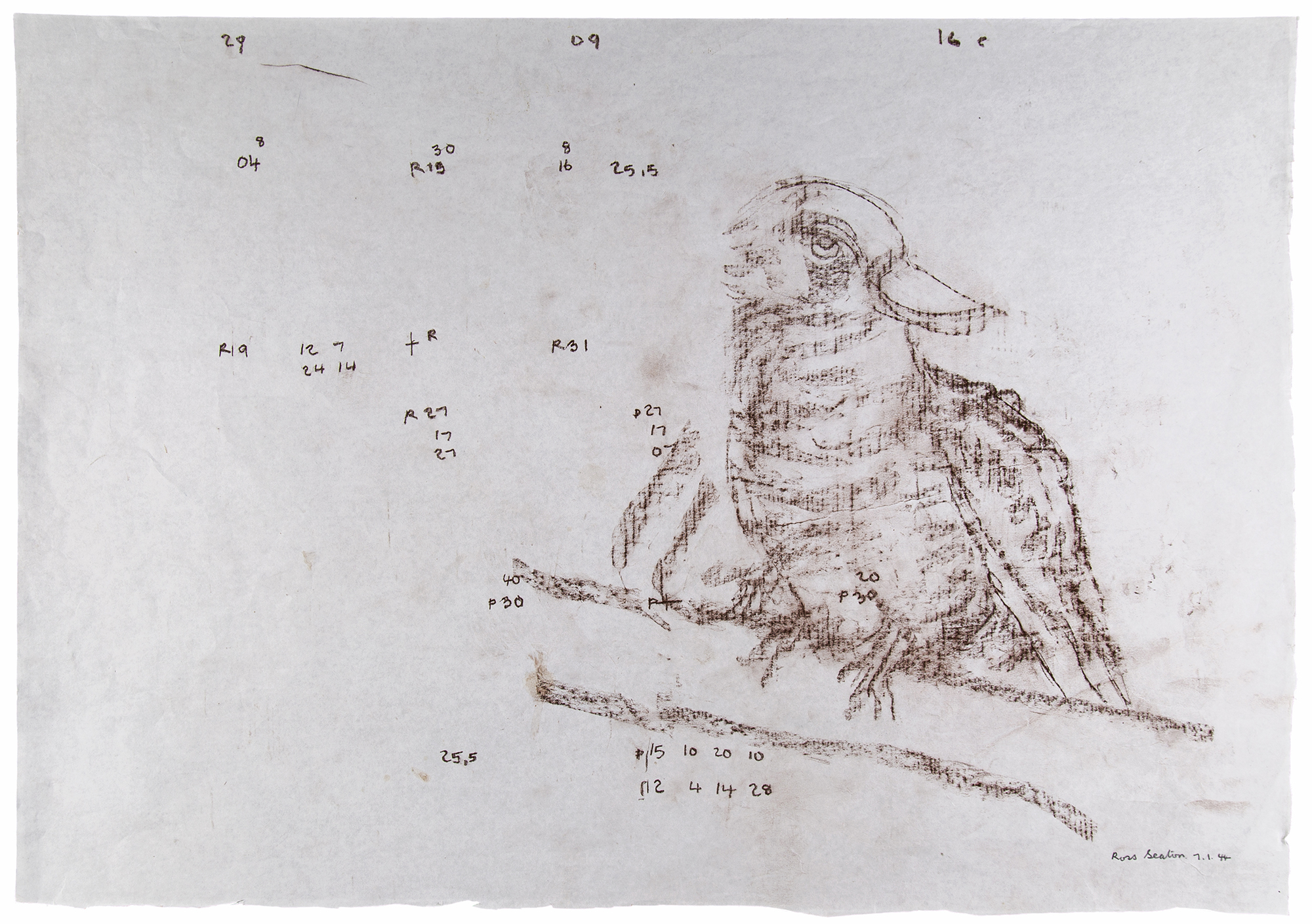
Untitled Drawing 29/09/16, 2016, pencil and crayon on paper, 42 x 58 cm
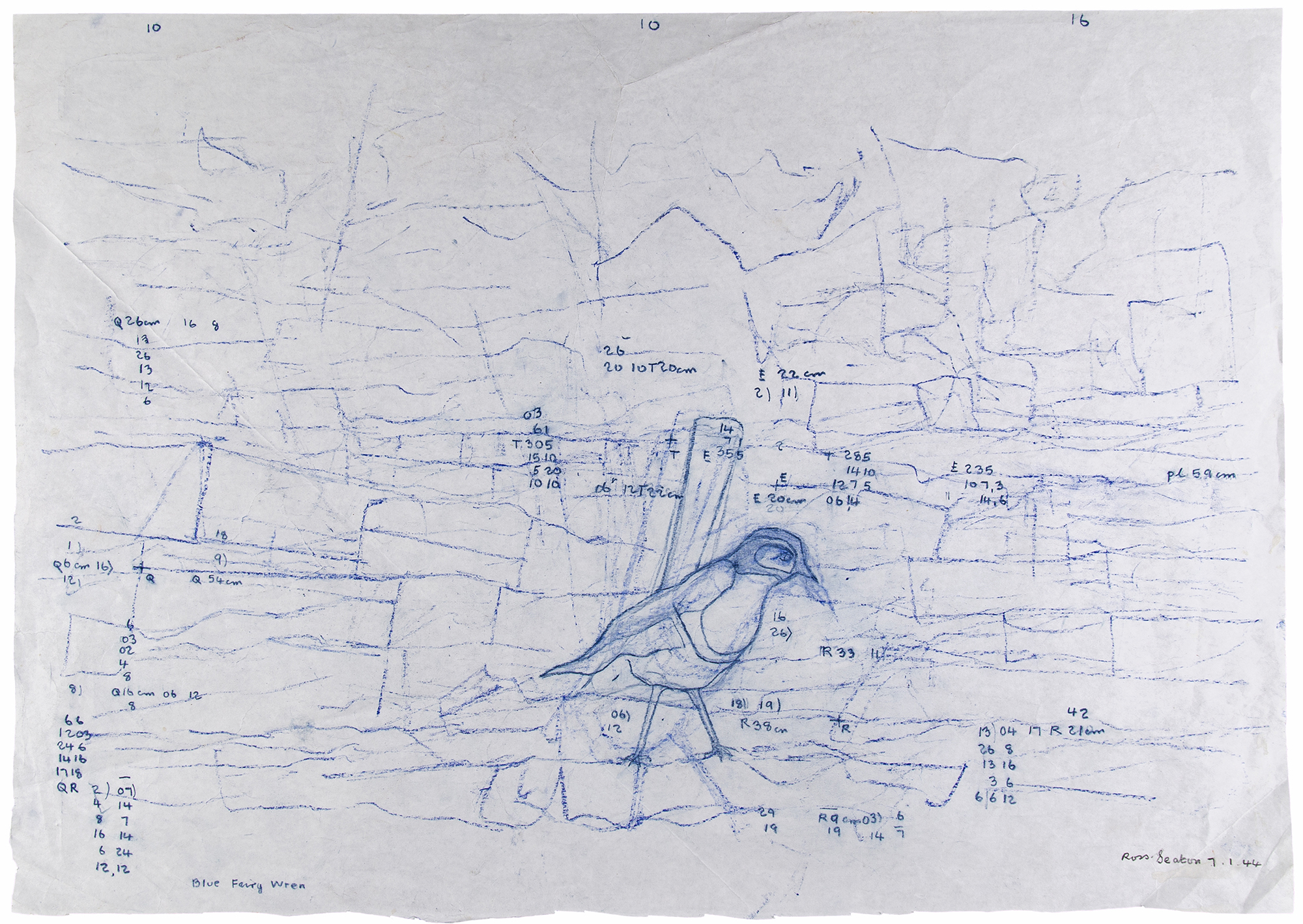
Untitled Drawing 10/10/16, 2016, pencil and crayon on paper, 42 x 48 cm
According to Professor Praeger and Professor Owens there is no clear mathematical rationale for these numbers, nor does there seem to be an obvious numerological explanation, but their ubiquity in Ross’s work reinforces their importance within the artist’s methodology.
In tandem with his desire to improve his rendering skills, and the obvious categorisation of various types of birds and animals, there is also no clear logic that explains this group of works.
...there is no clear mathematical rationale for these numbers, nor does there seem to be an obvious numerological explanation, but their ubiquity in Ross’s work reinforces their importance within the artist’s methodology.
- Ted Snell, curator
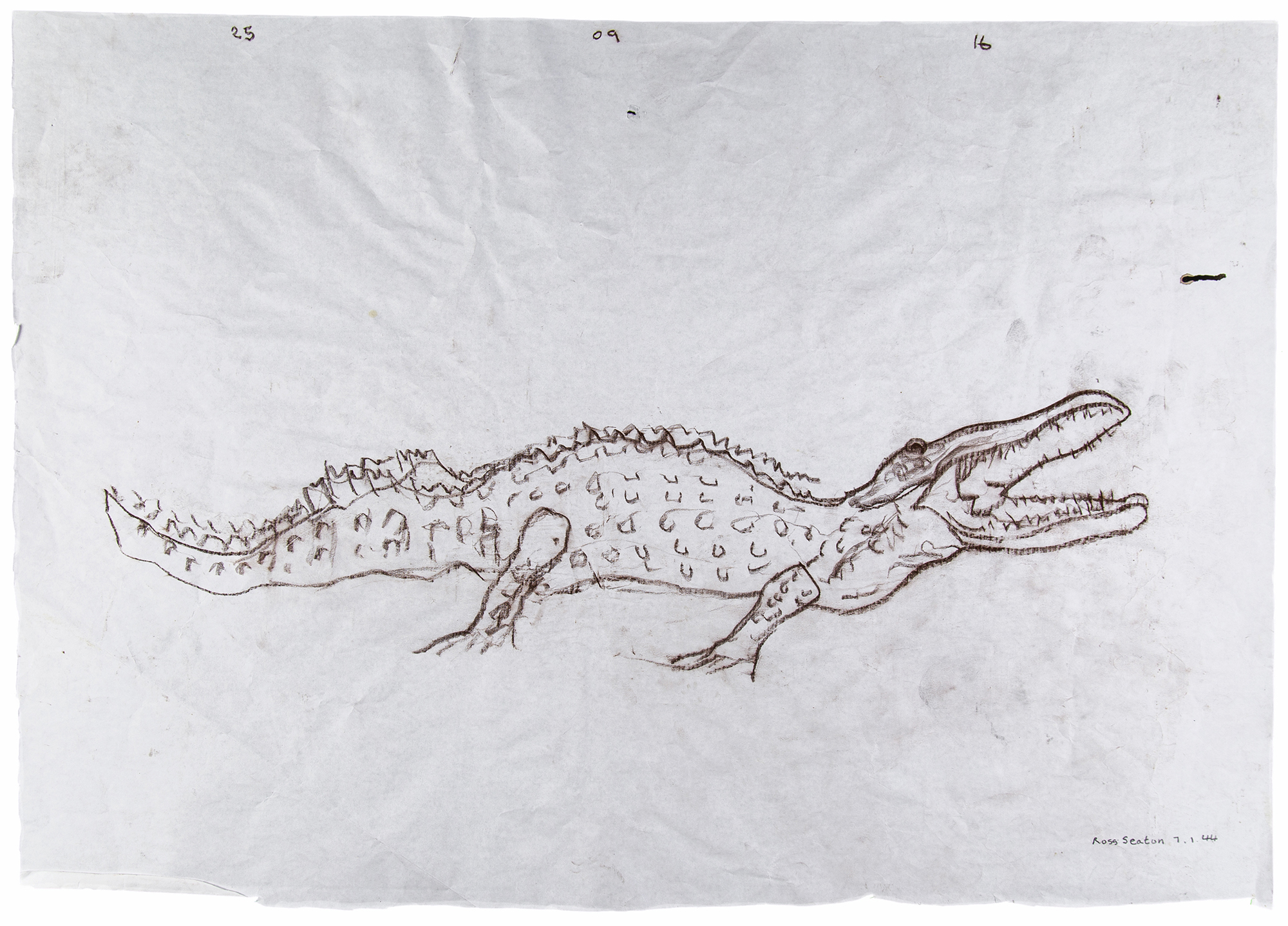
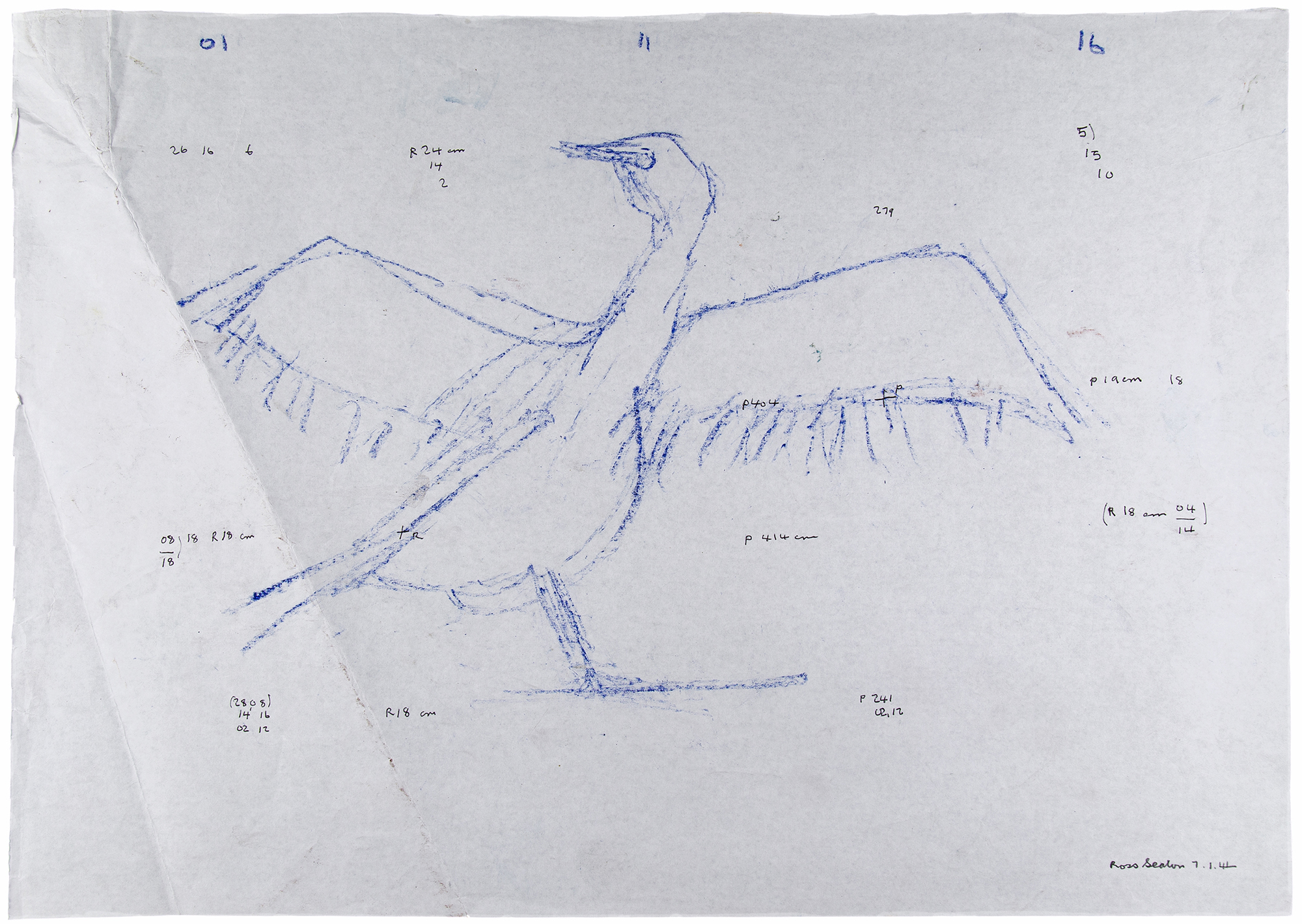
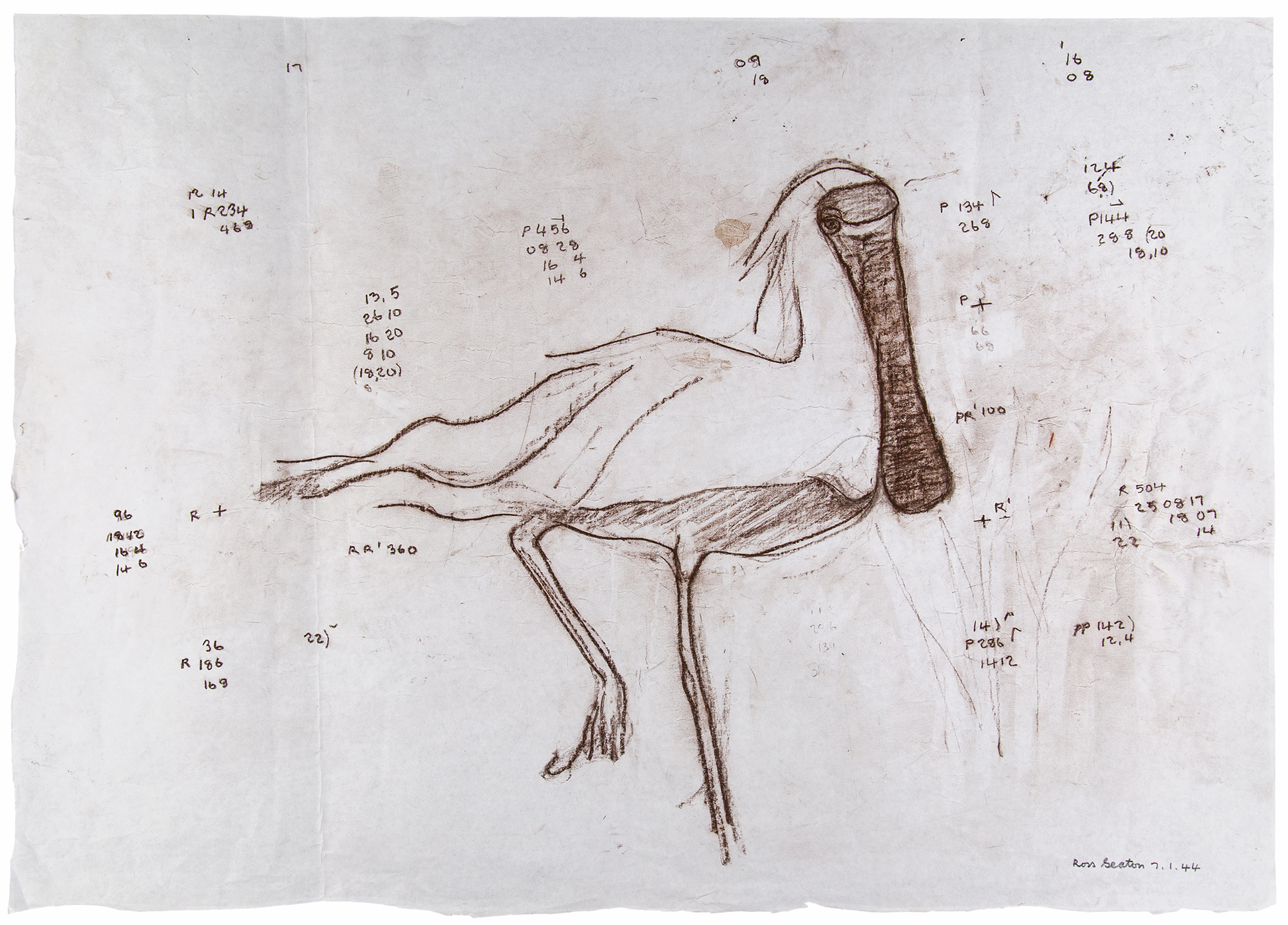
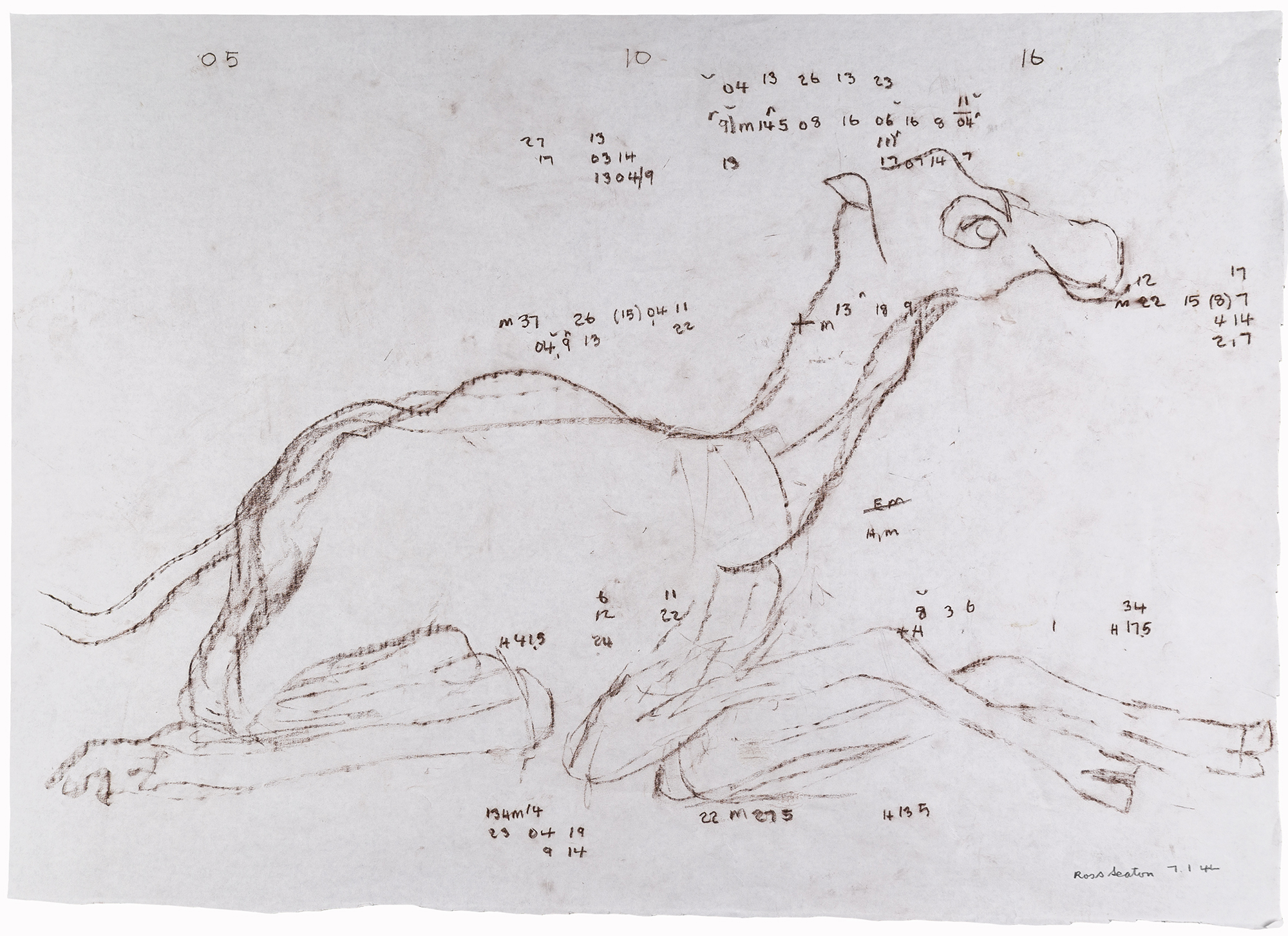
Top left, clockwise: Untitled Drawings 25/09/16, 01/11/16, 05/10/16, 19/09/16, 2016, pencil and crayon on paper, 42 x 58 cm each
One other large body of drawings is more easily explained and situated within the artist’s practice and his life experience.
They are a large and continuing series of drawings of a woman’s face, specifically one woman’s face, easily identified from photographs of his wife Marilyn during their time together.
The face, surrounded by a mass of hair, is centralised and occupies the entire page of each drawing. Each is different but there are enough clues to ascertain it is the same subject throughout. They are portraits, but as Ross explained in one of his notebooks:
"The idea of gathering a likeness is disastrous as it presupposes the neglect of the whole psyche of an individual … The portrait deals with a complex human being and is not the production of some facsimile."
In these drawings he was hoping to capture the totality of his memories of Marilyn, not simply a likeness. As a result, it is a group of drawings that together are so much more informative and powerful than each individual unit that contains only part of the story, a pixel of a larger portrait.
 Above and below: Portraits of Marilyn, c 2000, crayon and wash & chalk and pencil on paper, 62 x 48 cm and 78 x 52 cm
Above and below: Portraits of Marilyn, c 2000, crayon and wash & chalk and pencil on paper, 62 x 48 cm and 78 x 52 cm
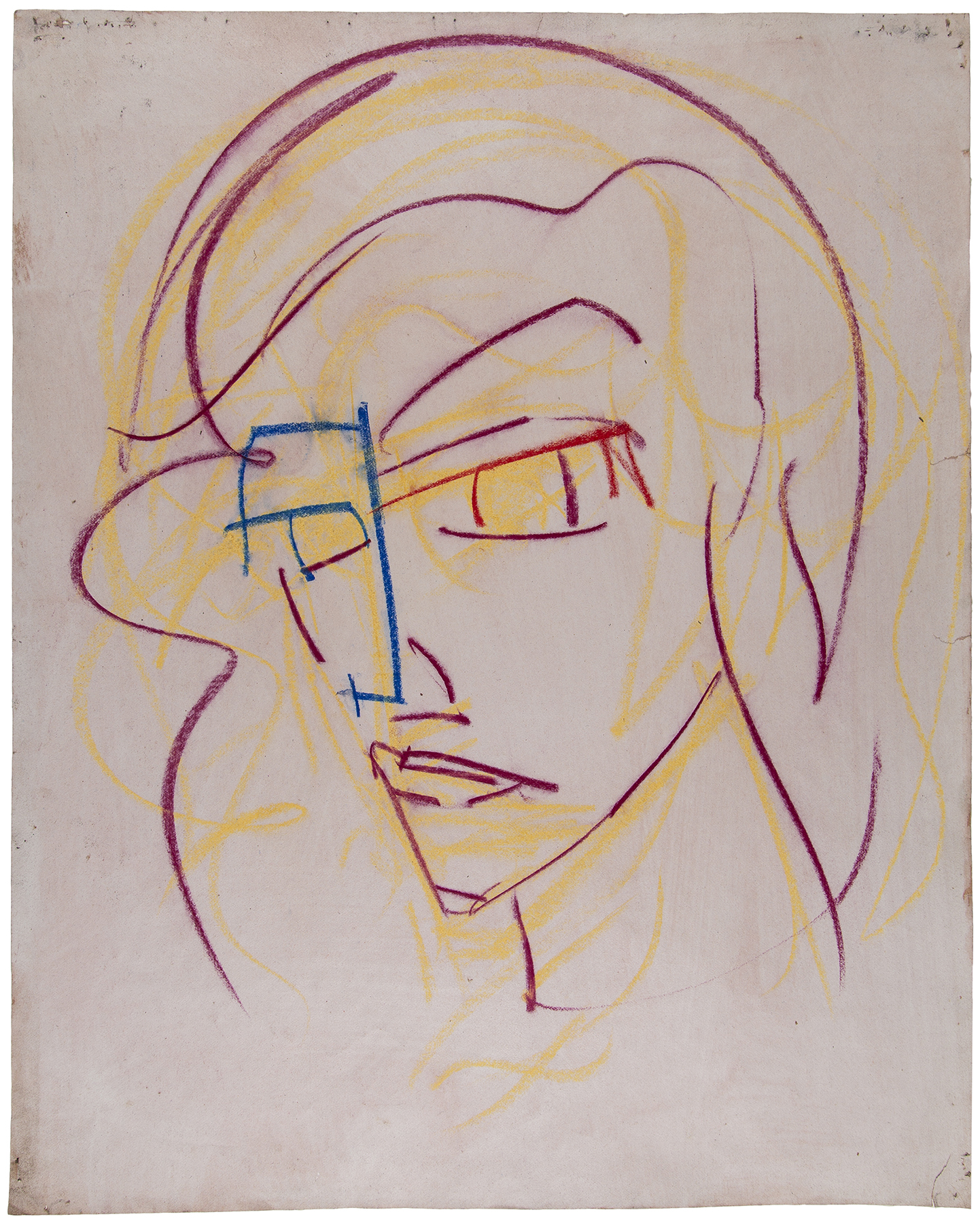
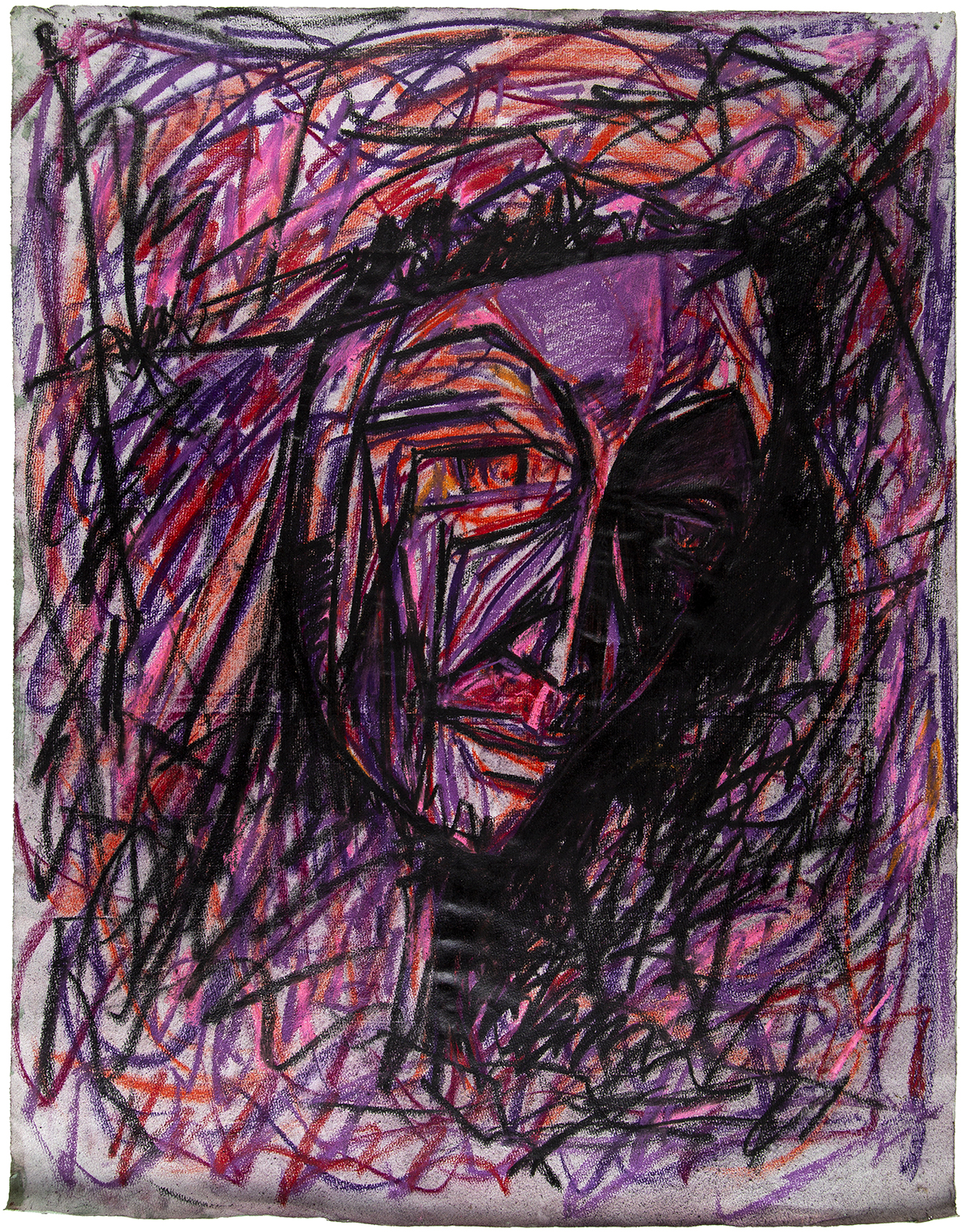

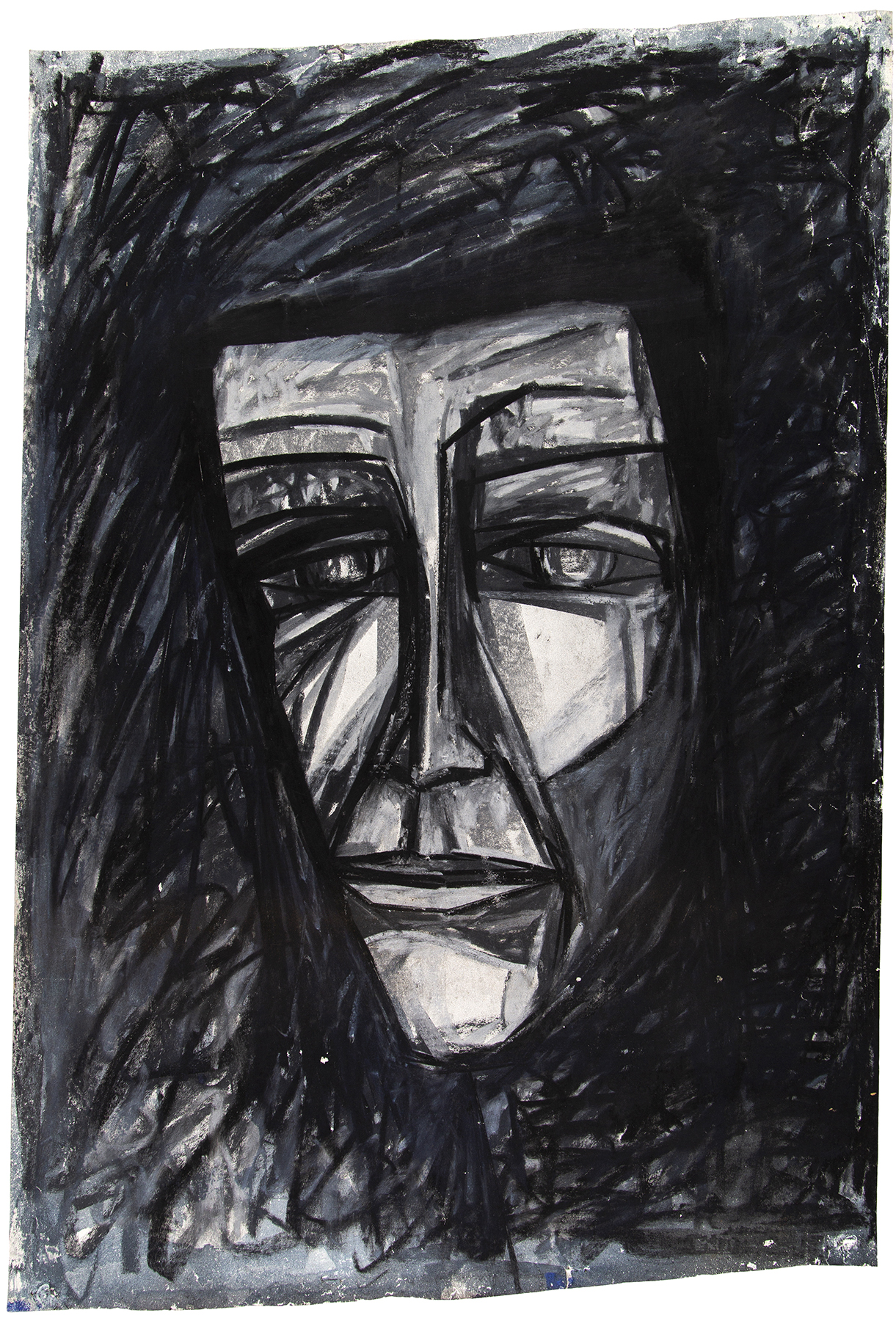
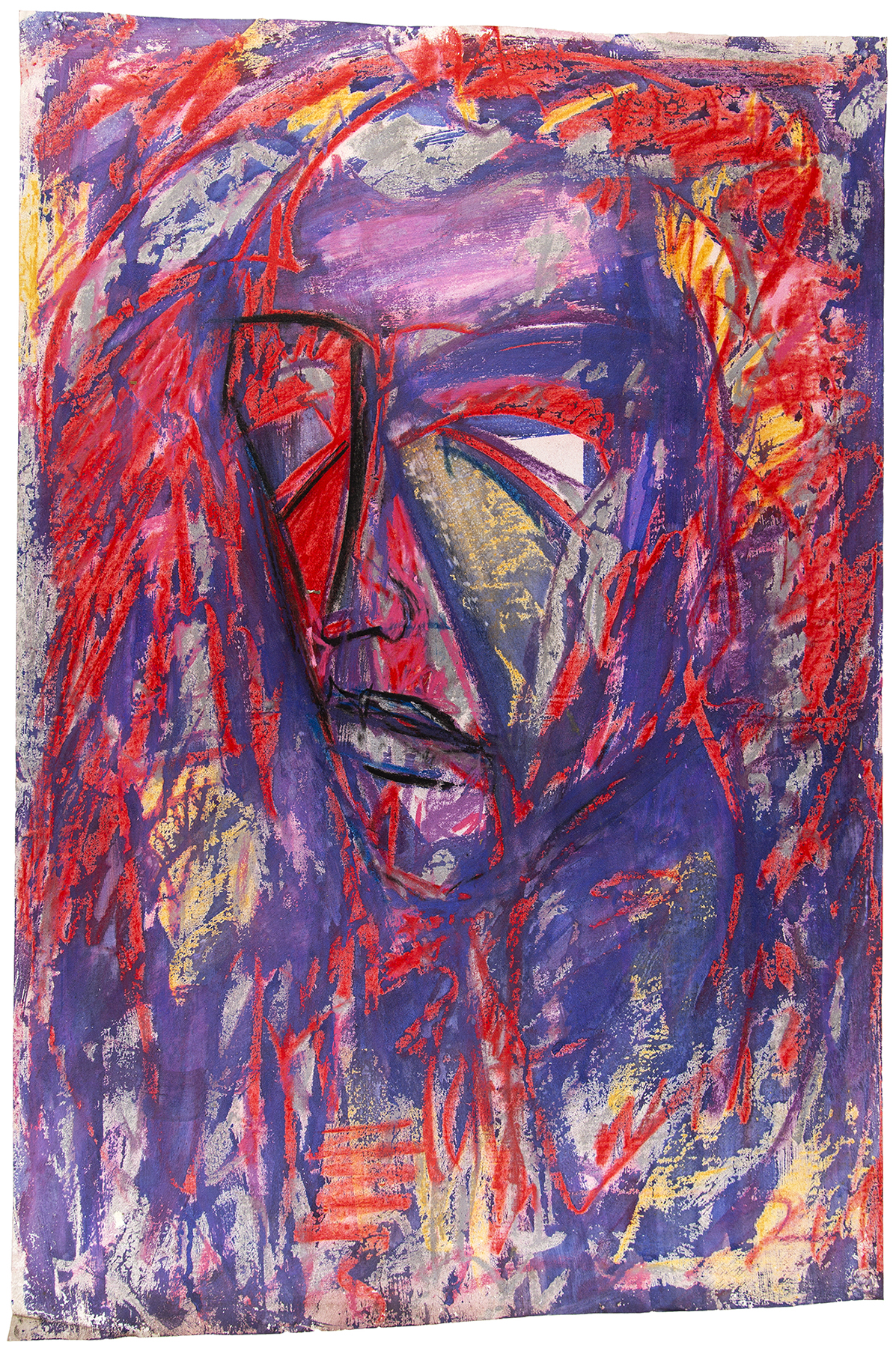
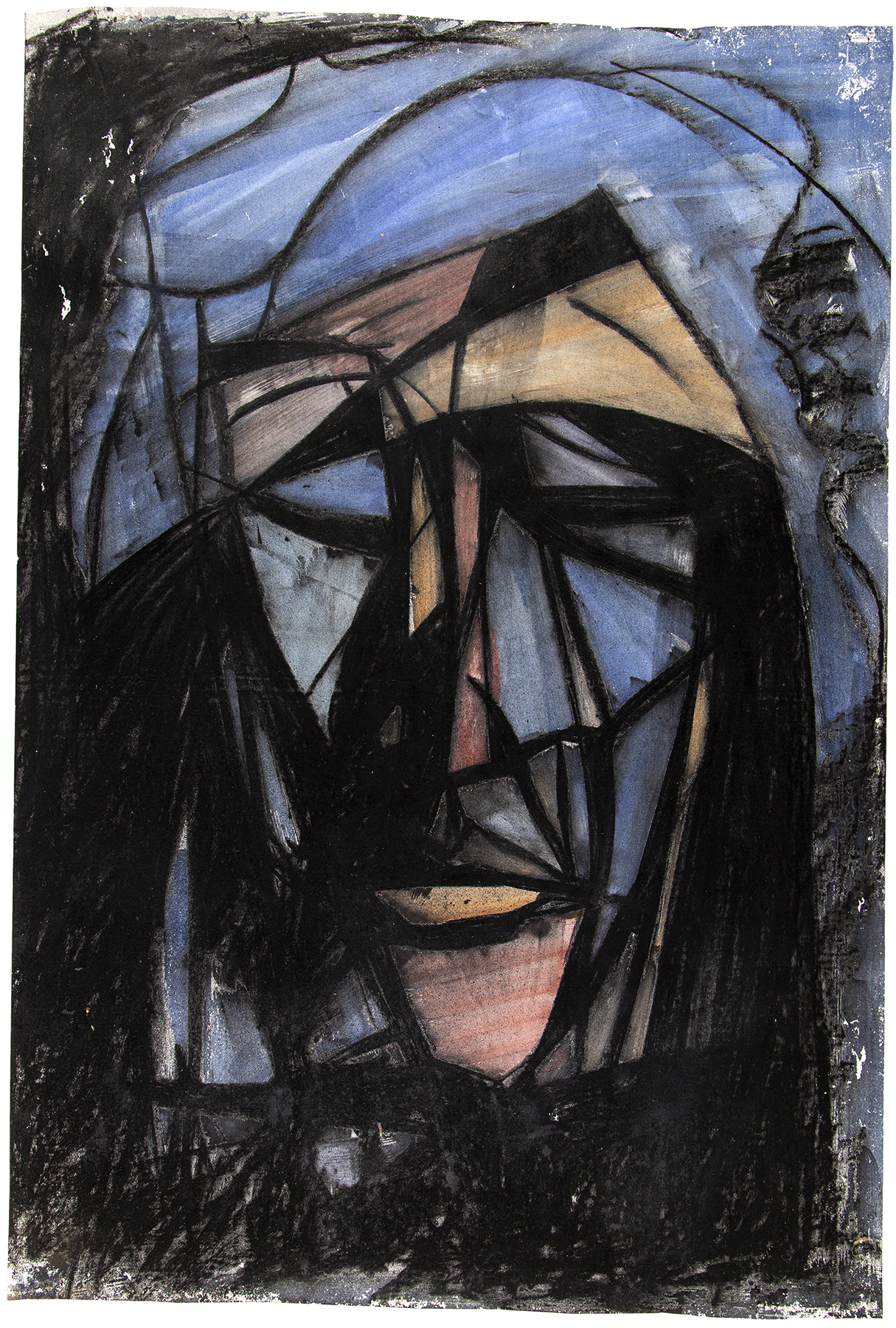
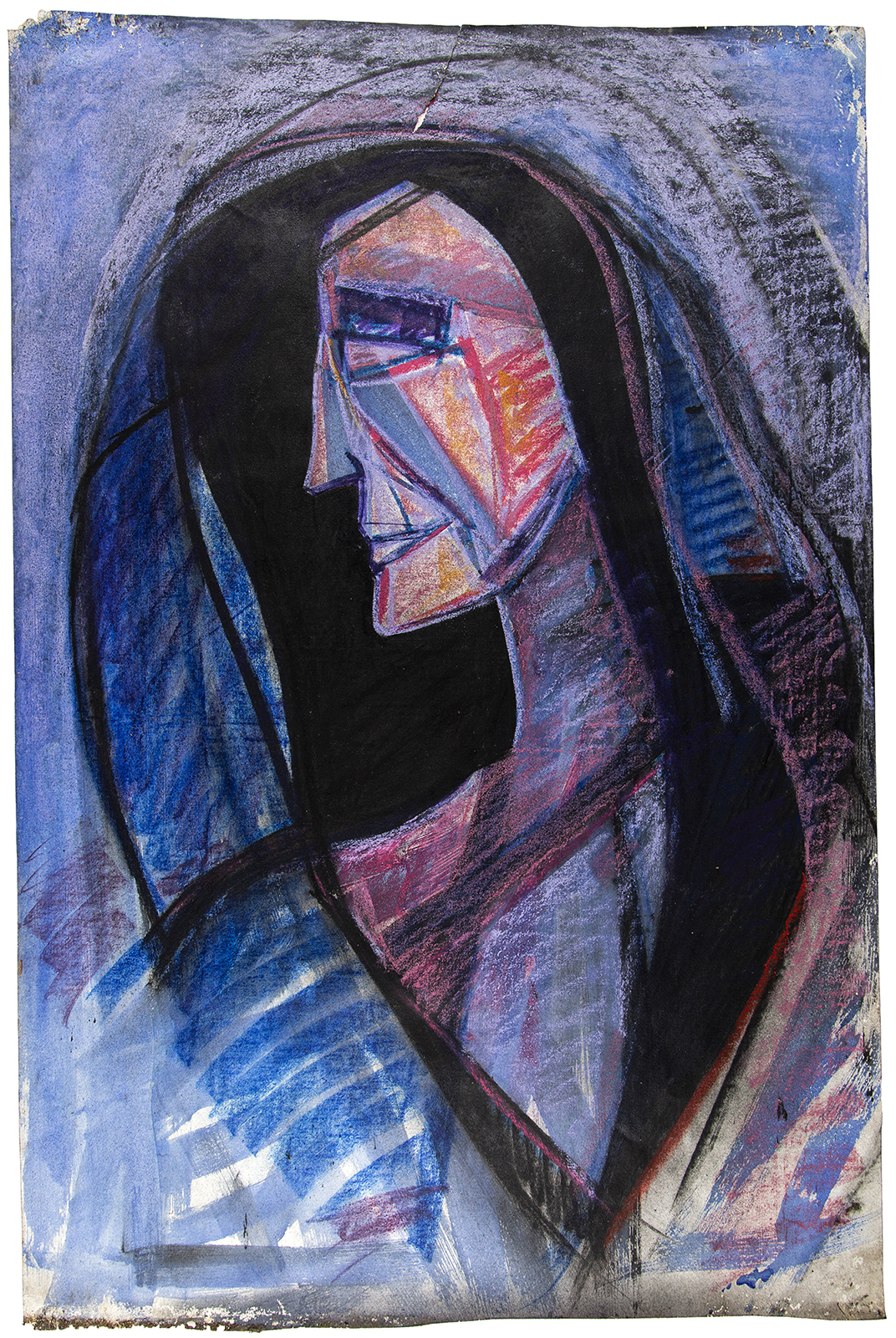
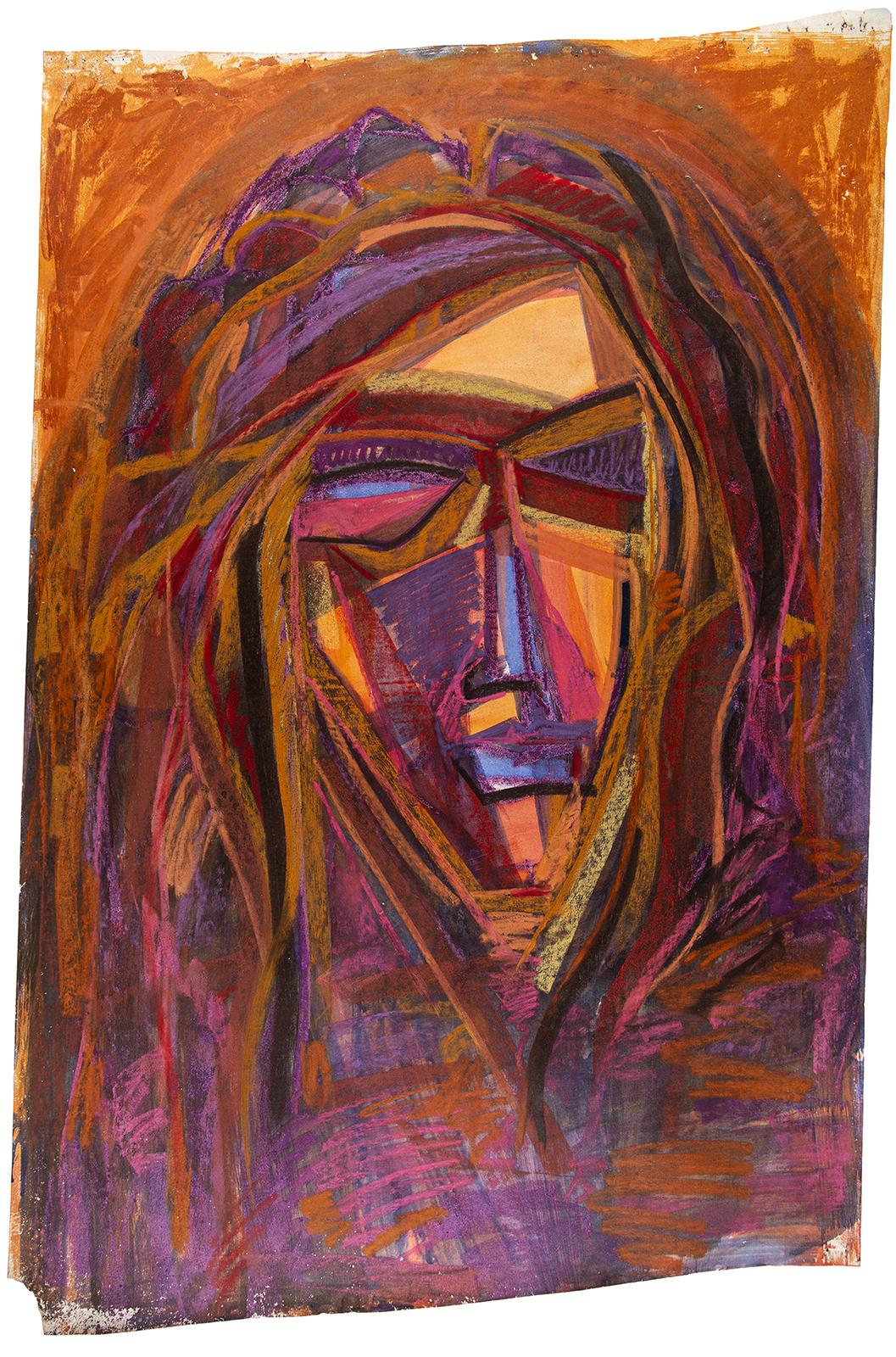
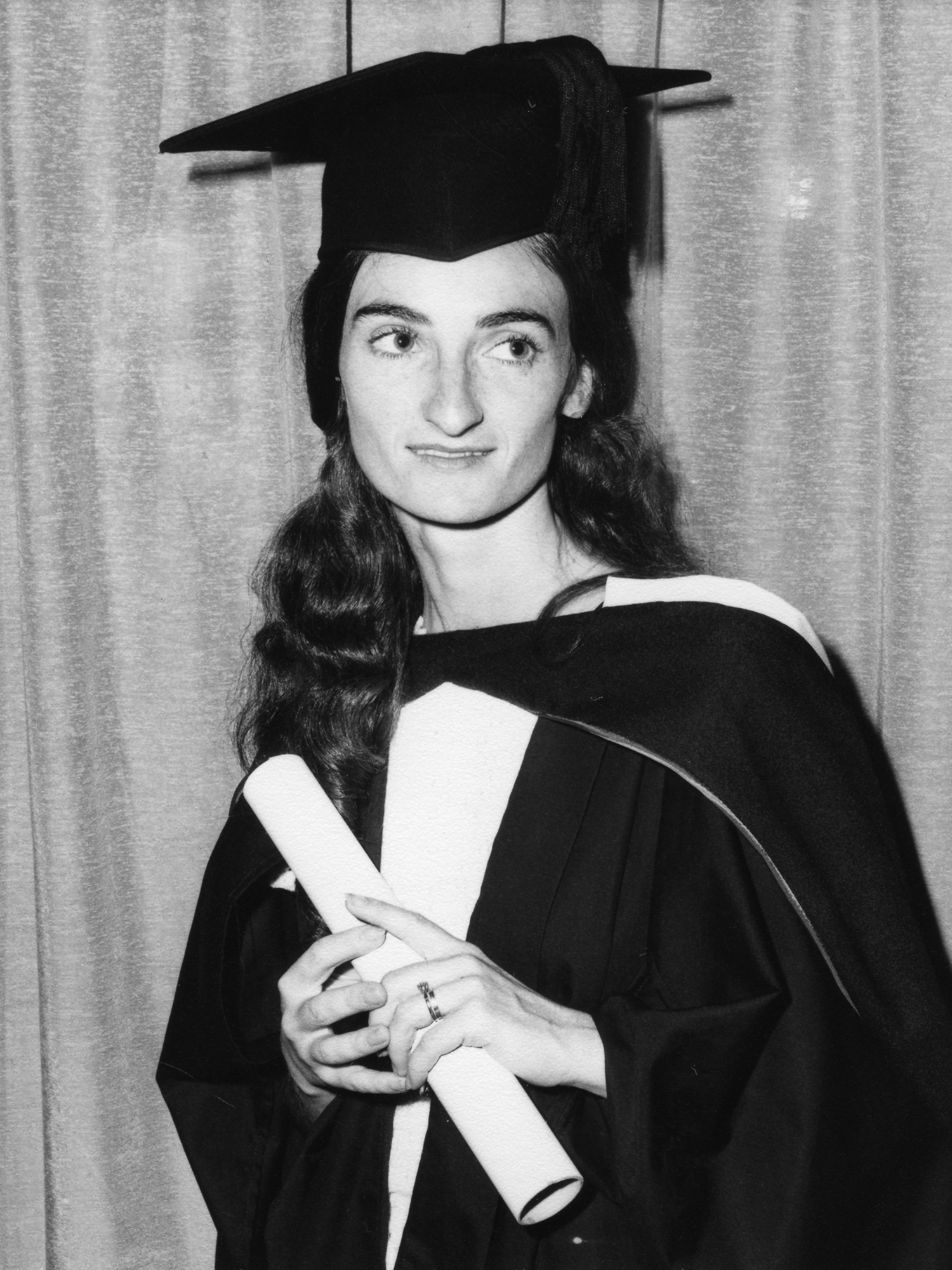
Marilyn Seaton graduating, 1971
The idea of gathering a likeness is disastrous as it presupposes the neglect of the whole psyche of an individual … The portrait deals with a complex human being and is not the production of some facsimile.
- Ross Seaton, 1982, handwritten in a student exercise book

Portrait of Marilyn, c 2000, crayon and wash on paper, 62 x 48 cm

